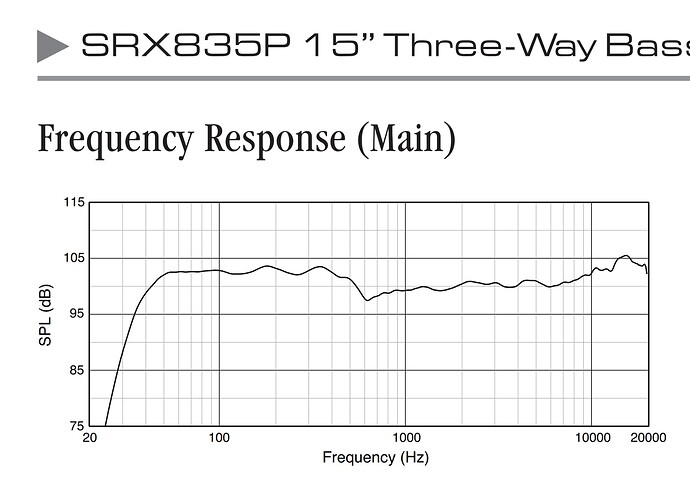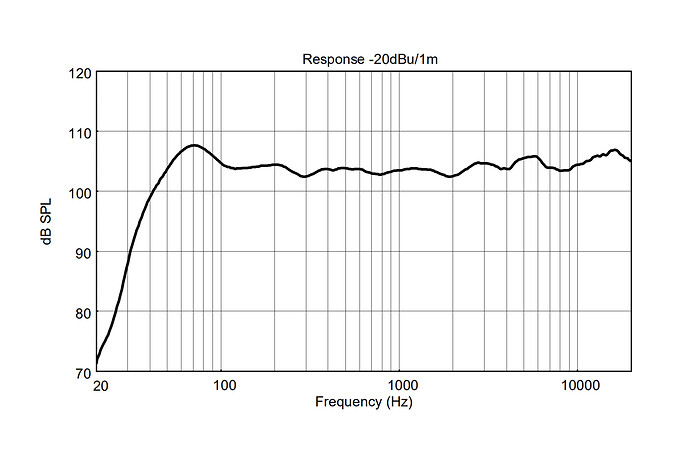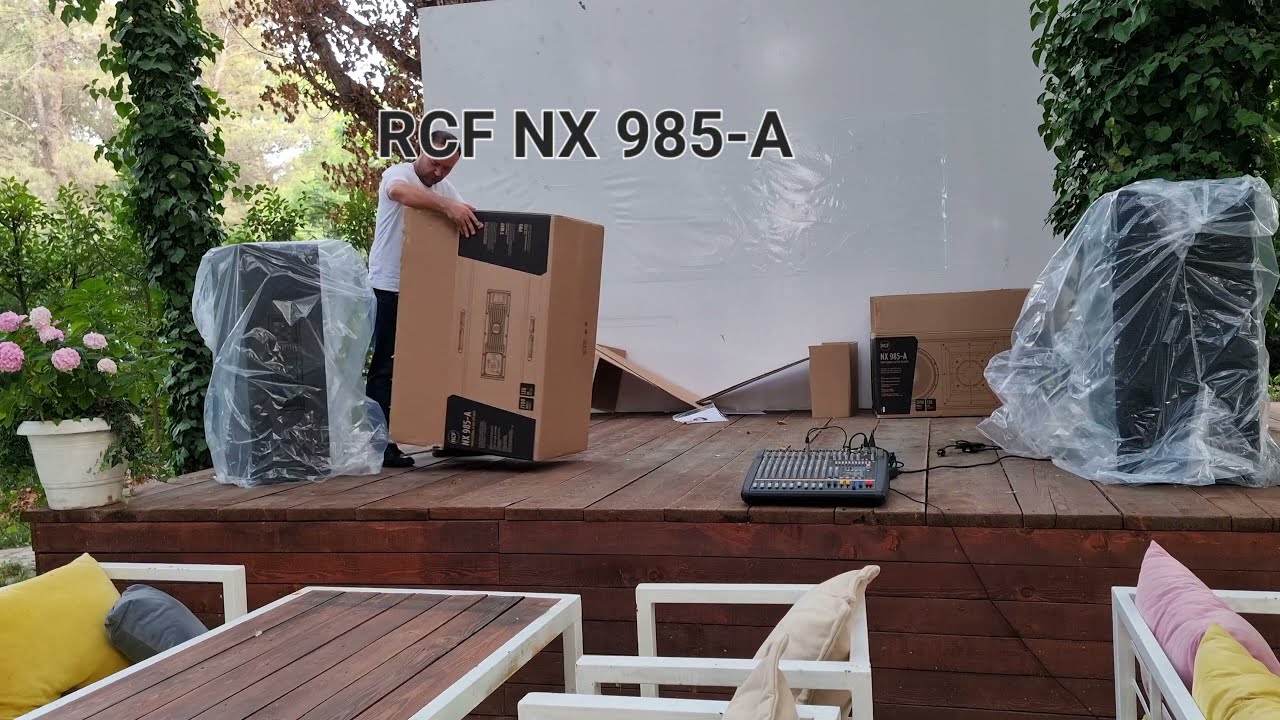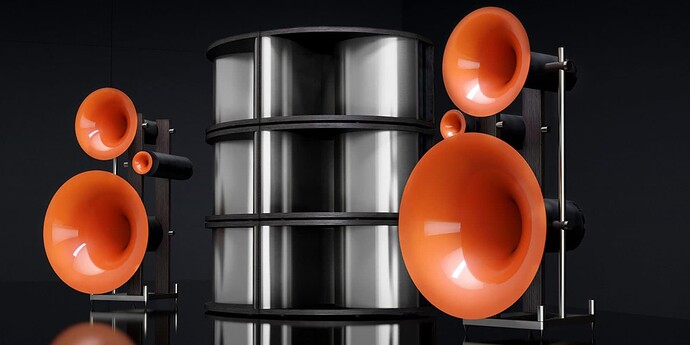this speaker just came out - first YouTube videos appeared about a week ago but that’s in Europe - i don’t think it’s out in US yet …
the other 3 models from the new NX 9 series are all out in US already just not the 3-way …
yamaha DZR 315 came out a few years ago trying to unseat JBL SRX 835P as the king of live sound portable PA 3-way speakers … but it failed
the reviews on the DZR are mixed … but more importantly for me i find some design choices in DZR 315 questionable …
mainly i have a very strong feeling the DZR 315 uses a stamped steel closed back midrange based on the high crossover frequency of 700 hz for a 8" driver … stamping puts a limit on the volume of rear chamber and its pretty much always too small … this pushes QTS up above 1.0 making crossover impossible which then has to be moved up an octave or more into another frequency range … to get the right volume the chamber has to be cast aluminum ( as in JBL 835 and in RCF midranges ) but that is more expensive obviously …
this begs the question of why even bother with a 3-way ? it is my belief that companies make these 3-ways for the particular customer who thinks a 3-way is inherently better. in reality many of these 3-ways are so compromised they are WORSE than a good 2-way. for example the stamped back 8" midrange in DZR 315 is actually crossed HIGHER at 700 hz than top of the line RCF 2-way boxes cross their 4" compression driver ( at 650 hz ). in other words - it is completely useless. it just makes the speaker big and heavy for no benefit in sound quality.
even beyond that the cabinet on DZR 315 is overly complicated ( read heavy / bulky ) with several unnecessary parts and the cloth grille durability leaves some questions … all in all DZR 315 just isn’t it …
but RCF NX 985-A looks like a worthy contender to challenge the SRX 835P …
even though it isn’t as advanced as SRX 835P ( no differential drive, no LCD screen ) … it has the advantage of being 7 years newer …
of course that’s also a disadvantage …
SRX having been around for so long is PROVEN.
but i have some reservations about the 835P as well … basically there is reason to believe JBL simply didn’t want this speaker to be good … because the SRX line is supposed to be a mid-range line and even though the components are high quality in the SRX 835P they configuration is deliberately holding them back …
the other thing holding SRX 835P back is it’s passive counterpart … the design was limited by the fact that SRX boxes are offered as both passive and active whereas DZR 315 and NX 985 are active-only which gives the designer more flexibility with midrange crossover frequency and horn / waveguide design as it doesn’t need to level-match the woofer anymore …
furthermore it’s likely JBL wanted similar voicing for passive and active boxes which would further limit what JBL could do with DSP to tune the sound of the SRX …
lastly the huge 3" compression driver in 835 is not necessary in a 3-way but again for voicing reasons its carried over from the 2-ways …
in other words SRX 835 is simply not the best speaker that JBL could have built at that price point but a side effect of having to fit with the rest of the SRX lineup - both passive boxes and 2-way boxes
on other hand the NX 985-A is less crippled by design IMO … it just makes more sense to me …
the main advantage of SRX 835P is it is massively configurable whereas 985A only has 60 hz crossover option … but it’s really all i need ( though 80 hz would have been better ). what stopped me from trying RCF powered PA speakers is most of them have no crossover option AT ALL. this one at least has one crossover setting - major step forward for RCF !






